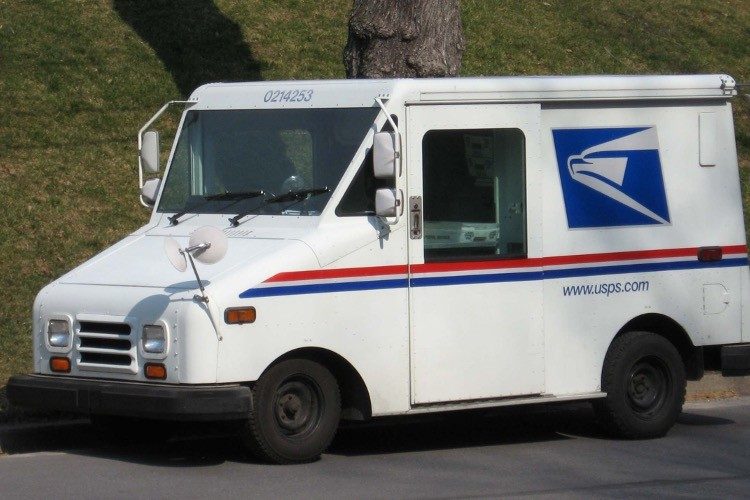
In the spirit of becoming self-sufficient, the U.S. Postal Service (USPS) instituted in 2021 their Vision and Ten-year Plan to Achieve Financial Sustainability and Service Excellence. With this plan came higher postal rates across the board and a near-doubling of service fees such as P.O. Box rentals. All of this to stem the USPS debt. USPS suffered a net loss of $4.9 billion in 2021, down from 2020’s $9.2 billion loss.
USPS Chief Financial Officer Joseph Corbett optimistically stated, “The plan delivers the framework for us to better innovate to grow revenue, work more efficiently and achieve financial sustainability to fulfil our universal service mission. If the plan is implemented in its totality, we expect to achieve break-even operating performance over the ten-year period and positive net income by FY 2023 or FY 2024, reversing $160 billion in projected losses over the next decade.”
This sounds great, if there weren’t inflation and a world economy on the precipice of a recession. The USPS 2022 first-quarter report highlighted a loss. On a U.S. generally accepted accounting principles basis, the Postal Service had a net loss of approximately $1.5 billion for the quarter, compared to net income of $318 million for the same quarter last year. The increase in the debt was partially driven by inflationary impacts to operating expenses, including rising prices associated with energy and fuel expenses.
But is inflation the main reason for the USPS losses? Not likely. Americans’ dissatisfaction with the Postal Service and growing use of alternate package and delivery services has proven otherwise. For example, FedEx’s strong financial health driven by e-commerce deliveries has led to a recent dividend increase to its shareholders and a forecast for a strong 2022 fourth quarter. In June 2022, FedEx raised its dividend by 53 percent to $1.15 per share, or $4.60 annually. FedEx didn’t mention inflationary impacts affecting its operating expenses. Obviously, FedEx has a solid business plan in place to protect company assets and shareholder investments.
Recently this writer queried the USPS regarding the one-year rate increase of his P.O. Box. The rate went from $112 to $181. Why? The Postal Service responded, “The rate change is part of balanced approach under ‘Delivering for America,’ the Postal Service’s 10-year plan for achieving financial sustainability and service excellence. However, price changes, as well as other Plan elements to increase efficiencies and reduce costs, are self-help strategies that the Postal Service can initiate right now. The extent to which other parts of the ‘Delivering for America’ Plan are successful, such as the legislative and administrative requests, could serve to mitigate the need for price increases as we move forward.” Needless to say, this writer closed his P.O. box and is seeking an alternate source.
Price increases in all aspects of their daily lives are helping Americans to implement their own strategies to live within their means. That includes the free-market practice of choice. The USPS has proven in a short time that its implementation of “Delivering for America” is just another government boondoggle at taxpayers’ expense. It’s time to sunset the Delivering for America plan, if not the whole U.S. Postal Service. Or at least update the Postal Code, ending the mail-delivery monopoly to allow true competition. Article I, Section 8 of the U.S. Constitution says that Congress shall have the power “to establish Post Offices and Post Roads.” That means the Constitution allows the federal government to get involved in postal services, but that doesn’t mean that it has to. If an alternative came along, then Congress could kill the USPS completely if they so wanted. Let’s allow the free market to prevail.




